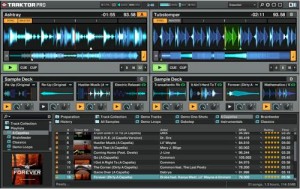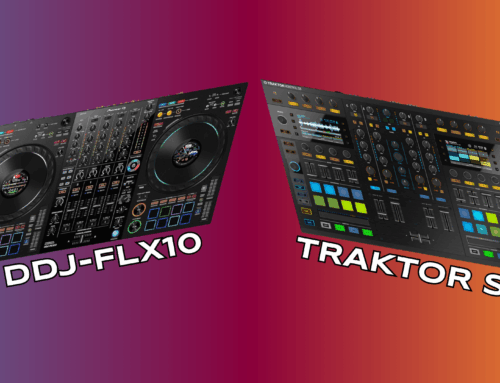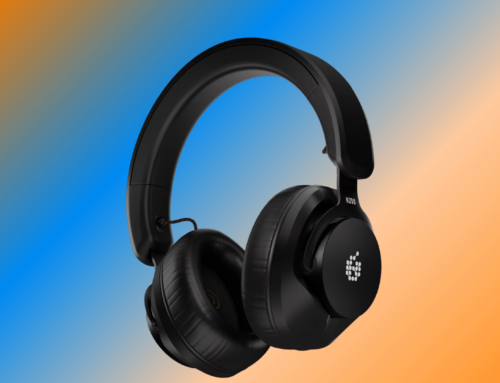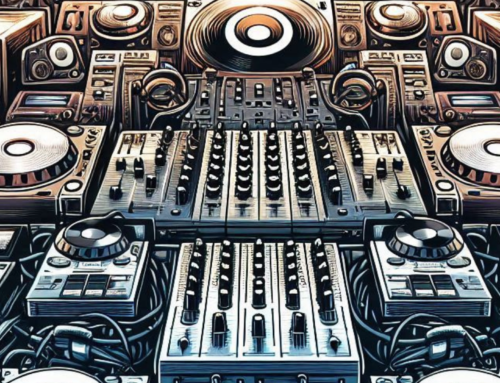 Now in its tenth year, Native Instruments’ Traktor has established itself as one of only a couple of torchbearers in the pro DJ software market. In what must be one of the longest version 2 updates in history, 2011 sees the iconic platform updated with a slew of new features aimed at improving the DJ’s workflow and making the art that much more powerful and versatile. So what’s new in Traktor Pro 2?
Now in its tenth year, Native Instruments’ Traktor has established itself as one of only a couple of torchbearers in the pro DJ software market. In what must be one of the longest version 2 updates in history, 2011 sees the iconic platform updated with a slew of new features aimed at improving the DJ’s workflow and making the art that much more powerful and versatile. So what’s new in Traktor Pro 2?
First off – the whole interface. While still familiar, the range of customization options now available will be welcome news for performers keen to use limited screen real estate in just the way they want. It’s a pretty comprehensive overhaul that starts with the waveform displays of your tracks and loops (more on this shortly) and goes all the way through to the functions and controls you want visible for each deck, or for the mixer section. Don’t need to see the filter or EQ controls? Hide them. Need more info on the track in Deck A? Change the “Flavor” of the deck to one of the more comprehensive modes.
Then there are those spectral waveforms. NI are calling this TruWave and TP2 comes with four variations. The rainbow one you see in all the advertisements is the proper Spectrum view, useful for identifying the different elements of whatever you have loaded in that deck, from the peaks and drops of a whole song to individual kicks and snares in a short loop. The other three options – they’re called X-Ray (grayscale), Infrared (kind of a burnt yellow) and Ultraviolet (blue) are simplified versions of the same thing, without the multi=colored glory and chaos of Spectrum. Supposedly they’re intended to satisfy different types of DJs, but frankly while they may be pretty to look at, you’re only ever going to use Spectrum if it’s an at-a-glance reference that you need in your waveform. And while we’re on the waveform, TP2 also has a much-improved zoom that makes finding the exact moment you’re looking for – and setting a cue there – easier than ever.
Probably the next most talked about feature will be the Sample Decks. TP2 still has four decks and each of these can be used in a variety of different ways – as a regular MP3 player, as a live input (from any signal coming out of your soundcard, say, from a turntable or CDJ) and as a Sample Deck, and this can be changed on the fly. Each Sample Deck has four slots to fill with your loops and one-shots, so in theory you could build a set around 16 sample slots. Each slot has its own filter and volume controls (although the effects routing will be common to all the slots in that Deck) and each will sync, of course, with the master tempo you’ve set. The best part, though, is that you can pull live loops out of whatever’s playing on another deck, and copy them directly into a Sample Deck slot, which is something that the live remixers among you will go weak at the knees for.
Alongside this is the new Loop Recorder. Essentially a simplified fifth deck, this takes advantage of the new routing options and lets you grab – or overdub – input from any Deck, output channel (including the master) or live auxiliary input. And when you’re done, you can pull your recordings from the Loop Recorder into a Sample Deck slot, freeing up the recorder again.
These new routing options are, it must be said, long overdue and so will be met with a collective sigh of relief. Individual deck outputs can now be routed pretty much freely, so those limited to working with a two channel soundcard can finally bounce, say, Decks A and C into one audio stream and output them to one channel. TP2 also features new automatic routing for NI branded soundcards, so you don’t even need to worry about getting your settings right.
Then there are the new effects: four in TP2, bringing the total to 32. These are a Tape Delay and Ramp Delay, which do just what you’d expect, Bouncer, a rhythmic beat mangling tool, and Auto Bouncer, which, as you might have guessed, is Bouncer plus tempo sync. One nice touch is that wet sounds are copied as is to the Sample Decks, so you can tweak your effects’ parameters on the fly and save them to mangle again later.
And that’s it! Not as exhaustive a rebuild as I was expecting but a very solid expansion upon an already proven format. The combination of the new Sample Decks, Loop Recorder and routing options has me particularly excited – so I’m off to entertain myself sending feedback loops into themselves. Cheers!




